10 Common Things Pet Owners Do That Scare Dogs
Dogs rely on routines and clear communication to feel safe. However, certain behaviors from owners can unintentionally create fear or anxiety. Understanding what might frighten your dog helps foster trust and security. These common actions can scare dogs—here’s how to avoid them and ensure your pet feels comfortable.
Using a Harsh Tone

Credit: iStockphoto
Dogs react strongly to the tone of your voice. Speaking loudly, shouting, or using an angry tone can make them anxious and wary. They associate these sounds with negative experiences, even if they don’t understand your words. Use a calm, steady voice to reassure your dog and encourage positive behavior.
Grabbing Them Suddenly
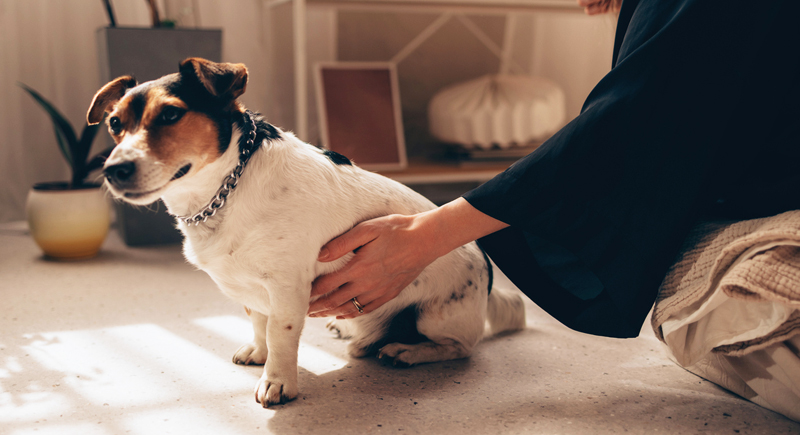
Credit: iStockphoto
Unexpected grabs or physical restraint can startle dogs, leaving them feeling vulnerable or threatened. This action mimics predatory behavior in the wild and can trigger fear. Always approach your dog calmly and let them see your movements before touching them. Gentle handling builds trust and reduces the risk of startling them.
Ignoring Subtle Cues

Credit: iStockphoto
Dogs communicate discomfort through body language, such as yawning, licking their lips, or avoiding eye contact. Overlooking these cues can escalate their stress. Pay attention to their signals and give them space when needed. Responding to these signs shows your dog that you respect their boundaries and understand their needs.
Forcing Them Into Scary Situations

Credit: iStockphoto
Pushing your dog into situations they find frightening, like crowded spaces or meeting new people, can heighten their anxiety. Dogs need time to adjust and build confidence in unfamiliar settings. Allow them to approach at their own pace, rewarding calm behavior to reinforce positive experiences.
Staring Directly Into Their Eyes

Credit: iStockphoto
Maintaining direct eye contact with a dog can feel intimidating and threatening to them. In the canine world, prolonged staring is often associated with dominance or aggression. Instead, use a soft gaze and blink occasionally to show friendliness and make your dog feel more at ease.
Pulling or Yanking Their Leash

Credit: iStockphoto
Jerking a leash abruptly can frighten dogs and make walks stressful. This action feels sudden and forceful, creating confusion about what they did wrong. Focus on using gentle, consistent leash handling and reward good behavior during walks. This approach encourages a positive walking experience for both you and your dog.
Exposing Them to Loud Noises

Credit: iStockphoto
Fireworks, thunderstorms, or household appliances like vacuums often terrify dogs due to their sensitive hearing. Loud, sudden noises overwhelm their senses, leaving them feeling trapped. Provide a quiet, safe space for your dog during noisy events, and use calming techniques like soothing music to help them relax.
Rushing Grooming Sessions
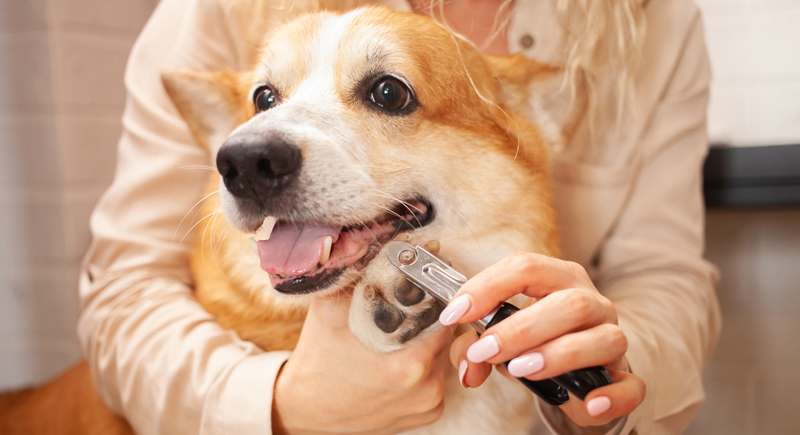
Credit: iStockphoto
Many dogs find grooming stressful, especially when it involves nail clipping or loud tools like clippers. Forcing them through grooming quickly or ignoring their fear only worsens their anxiety. Take time to introduce grooming tools slowly, offering treats and praise to create a positive association with the process.
Punishing Fearful Behavior
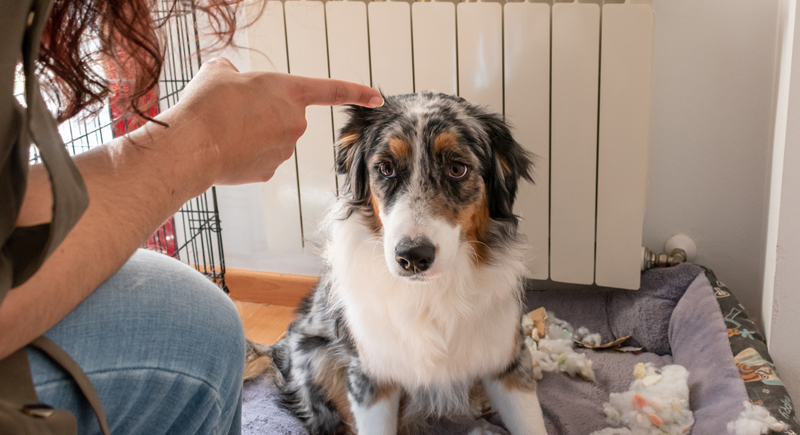
Credit: iStockphoto
Scolding a dog for reacting fearfully to situations, such as trembling or barking, compounds their anxiety. They don’t understand punishment in these moments and may begin to associate you with fear. Comfort your dog with a calm presence and address the root cause of their stress instead of reprimanding them.
Wearing Costumes or Masks

Credit: iStockphoto
Masks, hats, or bulky costumes can confuse dogs, making it hard for them to recognize you. These unfamiliar shapes and movements may trigger fear or defensive reactions. If you’re dressing up, let your dog explore the costume beforehand so they understand there’s no threat.
Crowding Their Space

Credit: iStockphoto
Dogs need personal space to feel secure, especially when resting or eating. Standing over them, hugging too tightly, or approaching them abruptly can make them uneasy. Always give your dog the room they need and wait for them to approach you when they’re ready for interaction.
Moving Too Quickly
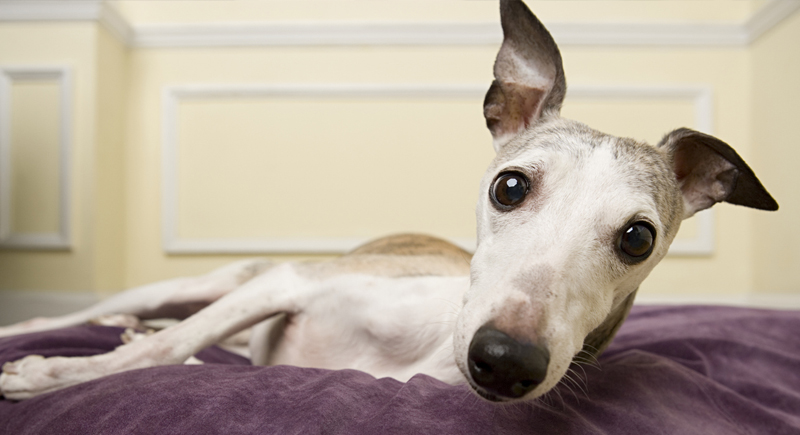
Credit: iStockphoto
Sudden movements, like waving your arms or running past your dog, can startle them and activate their flight or fight response. Dogs interpret fast, unpredictable actions as potential danger. Move calmly and predictably around your dog to keep them relaxed and comfortable in your presence.
Pushing Them Toward Strangers
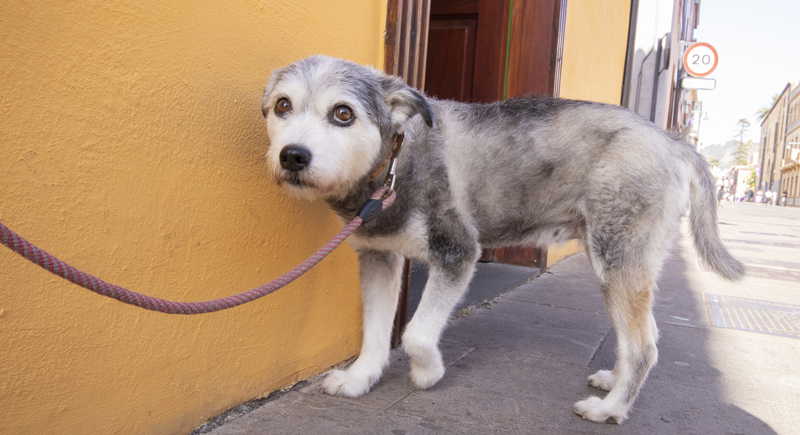
Credit: iStockphoto
Forcing a nervous dog to interact with unfamiliar people can cause fear and mistrust. Dogs prefer to approach strangers on their own terms when they feel ready. Encourage visitors to let your dog come to them, offering treats or a calm presence to build trust gradually.
Raising Your Hand Abruptly
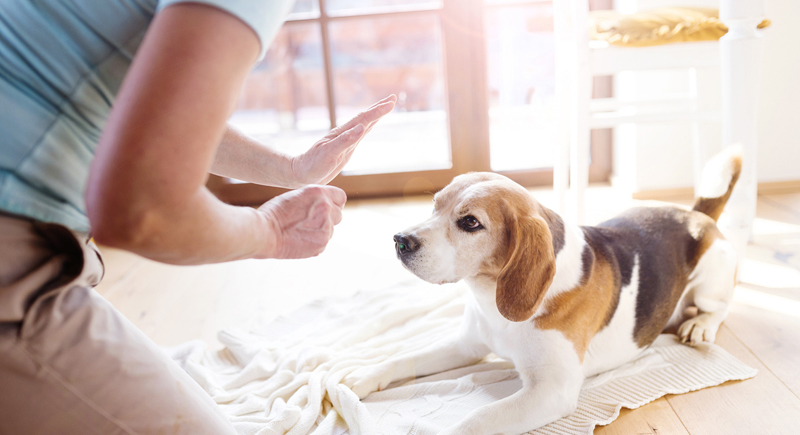
Credit: iStockphoto
Fast hand movements near a dog’s face can seem threatening, especially for dogs with past trauma. Actions like reaching quickly or gesturing too close to them may trigger fear or defensive behavior. Use slow, deliberate hand movements to ensure your dog remains calm and unafraid.
Leaving Them Alone for Too Long

Credit: iStockphoto
Extended periods of isolation can lead to separation anxiety in dogs, making them feel abandoned and scared. Dogs are social creatures that thrive on companionship. Leave comforting items like toys or clothing with your scent when you’re away, and consider hiring a sitter for longer absences.